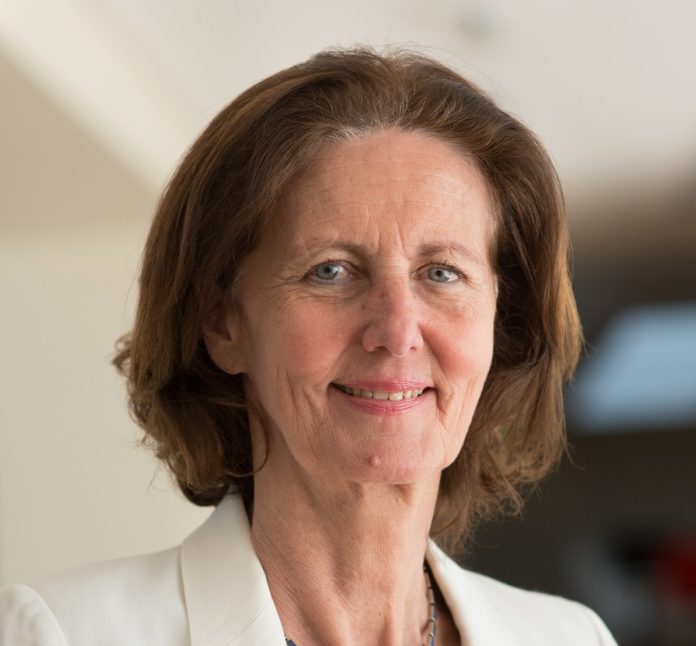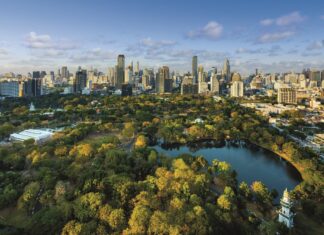This edition of The Source explores one of the core aspects of meeting the world’s water needs: financing. It covers investment needs, some of the approaches that offer opportunities for financing these needs, and the role of well-run and creditworthy utilities.
Estimates of global and regional investment needs are daunting. We face a huge challenge in securing the financial resources required, especially to deliver on the SDGs, and particularly in the context of developing countries. It is a crucial issue.
Having just returned from a wonderfully successful IWA Water and Development Congress & Exhibition in Sri Lanka, I would also like to highlight two other dimensions of the resource needs and opportunities associated with water – both resources in the human sense.
The first of these is absolutely fundamental to our world today and in the future. This is the women and girls who form half of the world’s population yet are greatly under-represented in all aspects of water management and are impacted disproportionately by the lack of provision of basic water, sanitation and hygiene. They are a resource in the sense that water management would benefit from their input, professionally or by giving voice to the needs of beneficiaries. Furthermore, the burden of the lack of provision undermines in so many instances their potential to play a fuller part in society.
Discussion of this issue was perhaps my greatest personal takeaway from the Sri Lanka Congress. In particular, I was inspired by the words and passion of Madhu Krishna, of the Bill and Melinda Gates Foundation, who also shared her views in the previous edition of the magazine. Of course this is not a new issue for me – it is something I care greatly about. But I was especially struck by the way Madhu’s contribution captured both the injustice of the current situation, and the focus needed to bring it to the fore. Given my utility background, I see this includes highlighting the value of women’s input in order for utilities to extend service delivery. We need to speed up on gender.
The second dimension of resources is to do with collaboration and partnerships. We at IWA, together with our partners in Sri Lanka, hosted what was a first class event. By this I mean to underline that we provided a platform and a space for sharing, interaction and engagement.
Again expressing some of my personal highlights, we were challenged by Rosie Wheen of WaterAid Australia over the gaps in securing the human rights to water and sanitation. We gained insight from Doulaye Kone of the Bill & Melinda Gates Foundation about the emerging opportunities around sanitation. His message to IWA is for us to build on our success to date by speeding up on decentralised sanitation solutions in developing countries – a message I embrace.
These were just part of an inspiring mix that brought together many views and voices, including organisations such as WaterHub and Water For People, and traditional key partners such as IHE Delft and WHO. IWA’s power lies in its membership and in this opportunity to bring people together. Sri Lanka epitomised this for me.
Finally, I would like to take this opportunity to thank and congratulate all who were involved with preparing, delivering and participating in the event. In particular, I thank the Sri Lankan Ministry of City Planning and Water Supply and the National Water Supply and Drainage Board. The 2019 IWA Water and Development Congress & Exhibition secured its place in IWA’s contribution to water sector progress.
Diane d’Arras, President, IWA







